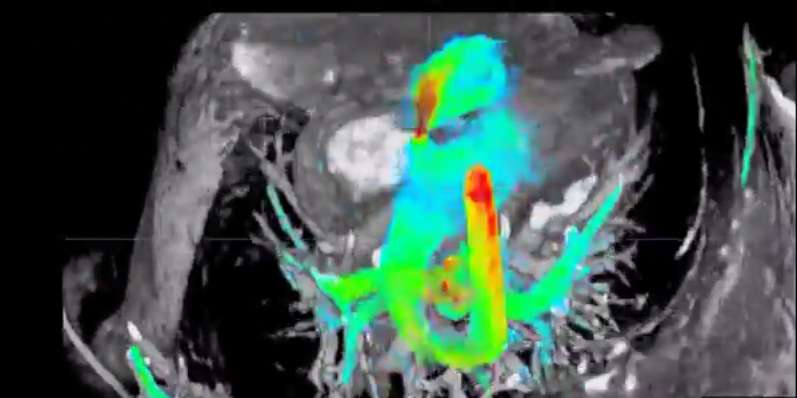The insideBIGDATA Guide to Healthcare & Life Sciences is a useful new resource directed toward enterprise thought leaders who wish to gain strategic insights into this exciting new area of technology. This guide is a useful new resource directed toward enterprise thought leaders who wish to gain strategic insights into this exciting new area of technology. The guide provides an overview of the utilization of big data technologies as an emerging discipline in healthcare and life sciences. It explores the characteristics of this business strategy and the benefits of leveraging big data technologies within these sectors. It also touches on the challenges and future directions of big data and analytics in the healthcare and life sciences industries. The complete insideBIGDATA Guide to Healthcare & Life Sciences is available for download from the insideBIGDATA White Paper Library.
 The Rise of Deep Learning
The Rise of Deep Learning
Healthcare and life sciences organizations are taking advantage of Artificial Intelligence (AI) and deep learning systems now that contemporary hardware and software architectures are able to keep pace with the demands of this class of machine learning. AI has been around for a long time, dating back to the 1950s, but waned in interest because compute and storage resources were not robust enough to address the needs of the technology. In the past few years, however, processing capabilities have caught up with these needs.
A group of researchers at Johns Hopkins University developed a novel approach applying deep neural networks (DNNs) to predict pharmacologic properties of many drugs. In this study, scientists trained DNNs to predict the therapeutic use of a large number of drugs using gene expression data obtained from high-throughput experiments on human cell lines. Authors used a sophisticated approach of measuring the differential signaling pathway activation score for a large number of pathways to reduce the dimensionality of the data while retaining biological relevance and used these scores to train the deep neural networks. The group also is developing multimodal DNNs to predict a broad range of properties of drugs, small molecules and natural compounds for a range of applications including treating common and rare diseases, aging, regenerative medicine and increasing response rates in cancer immunotherapy.
Additionally, Insilico Medicine, Inc. scientists published the first deep learned biomarker of human age aiming to predict the health status of the patient in a paper titled “Deep biomarkers of human aging: Application of deep neural networks to biomarker development” by Putin et al, in Aging and an overview of recent advances in deep learning in a paper titled “Applications of Deep Learning in Biomedicine” by Mamoshina et al, also in Molecular Pharmaceutics. Illustrated in the figure below, deep learning medical imaging technology continues to advance improved imaging capabilities bringing artificial intelligence to the healthcare field, beginning with the heart. On yet another trajectory, some new applications leverage big data and high performance computing (HPC) to improve the lives of patients while increasing the efficiency and effectiveness of the healthcare system.

If you prefer, the complete insideBigData Guide to Healthcare & Life Sciences is available for download in PDF from the insideBIGDATA White Paper Library, courtesy of Dell and Intel.





Speak Your Mind